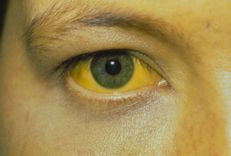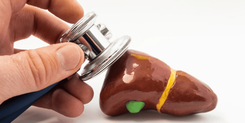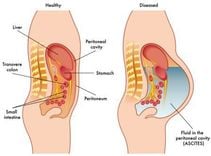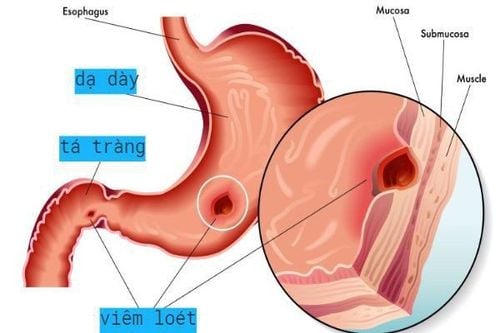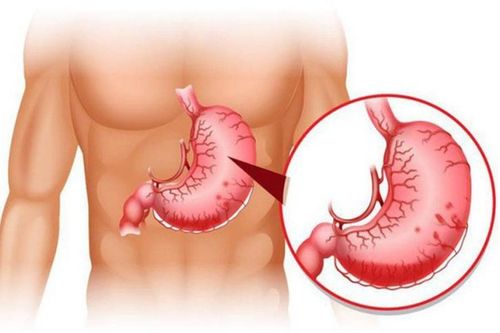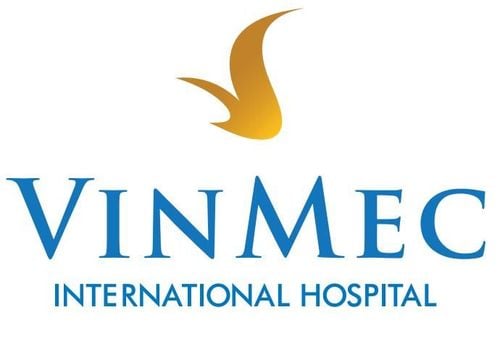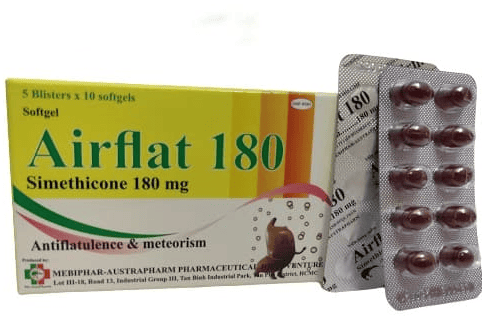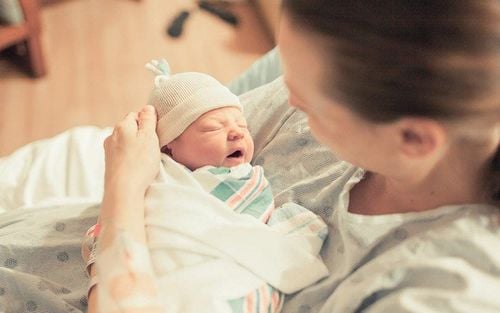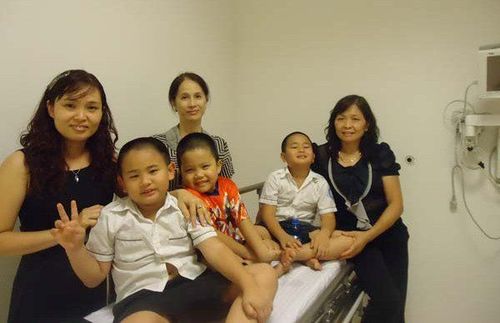This is an automatically translated article.
The article is professionally consulted by Master, Doctor Emergency Resuscitation Department - Vinmec Hai Phong International General Hospital.
Currently, gastrointestinal endoscopy has 2 most popular techniques: conventional gastrointestinal endoscopy and gastrointestinal endoscopy with pre-anesthesia. However, compared with conventional gastrointestinal endoscopy, gastrointestinal endoscopy with pre-anesthesia is more preferred by many people.
1. What is gastrointestinal endoscopy with pre-anesthesia?
Gastrointestinal endoscopy with pre-anesthesia is a procedure that reduces pain and discomfort during gastroscopy and colonoscopy, making the gastrointestinal endoscopy procedure softer, more comfortable, minimizing risk of colonic perforation during colonoscopy.
The patient is given intravenous sedation and is strictly controlled by the doctor during the procedure.
Time of pre-anesthesia procedure depends on the time of endoscopy, the patient will wake up immediately after the end of the endoscopy. The procedure time is usually short, the amount of sedation is small, so it is not harmful to health.
Gastrointestinal endoscopy with pre-anesthesia is a relatively safe, low-risk procedure. Patients and family members should discuss this with their doctor prior to this procedure.
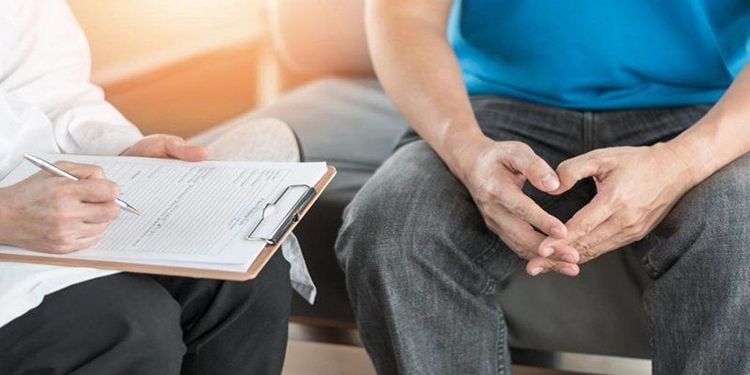
2. Purpose of gastrointestinal endoscopy with pre-anesthesia
In fact, gastrointestinal endoscopy with pre-anesthesia is always chosen by patients over conventional endoscopy, because of the following very effective purposes:
Make the endoscopic process and perform treatment easier. , more accurate diagnosis, reduced fear, reduced pain sensation for patients. Widely applied in gastrointestinal endoscopy: gastroscopy, colonoscopy, retrograde cholangiopancreatoscopy, ultrasound endoscopy, and interventions in gastrointestinal endoscopy.
3. Gastrointestinal endoscopic technique with pre-anesthesia
3.1. Patient preparation Purpose: To check the history, related diseases that may affect the risk when performing the technique, to guide and explain the procedure, the drug to be used for the patient, to assess the blood sugar level. breathing, determine pre-anesthesia status according to ASA:

3.2. Necessary equipment, medicine and monitor Necessary facilities include: O2 gas source, suction machine, mask, endotracheal tube, monitoring monitor, resuscitation drugs (Naloxone, Flumazenil), emergency drugs Research: Atropine, Diphenhydramine, Epinephrine, Hypertonic Dextrose, Corticosteroids, Lidocaine, Bicarbonate.

In which, fentanyl and midazolam are commonly used drugs, the rate of complications and complications due to anesthesia is very low, widely used in the world, and gastroenterologists are allowed to use it for pre-anesthesia. patients during endoscopy and interventional endoscopy.
3.3. Conduct Intravenous infusion Selecting drugs, determining dose, paying attention to dose reduction when combining drugs. Conduct pre-anesthesia. Monitoring the process of pre-anesthesia: direct monitoring is a nurse combined with an endoscopist. Content of monitoring: patient's state of consciousness, monitoring of pulse indicators, blood pressure, oxygen pressure. End of pre-anesthesia: the patient is cared for and monitored in the recovery room until fully awake. Assessment of functions: consciousness, breathing, cardiovascular, movement before discharge 3.4. Complications and treatment: Long-term pre-anesthesia: use resuscitation drugs according to each type of anesthetic used. Respiratory depression, hypoxemia Management: Instruct or stimulate the patient to breathe deeply, provide adequate oxygen to the patient. Control the airway: aspirate sputum extensively; use of sedation drugs; Assisted respiration with positive pressure if spontaneous breathing is unresponsive. Circulatory failure: Because anesthetics dilate the veins, causing hypotension in patients with hypovolemia. Prevention: Caution in the elderly, dehydration, electrolytes, gastrointestinal bleeding.

3.5. Follow-up in the recovery room After performing gastrointestinal endoscopy with pre-anesthesia, all patients were monitored in the recovery room. Contents of monitoring include: patient's level of alertness, hemodynamic status, blood oxygen, pain sensation, patient discomfort.
4. Some notes for patients
Patients need to be monitored for about 1 hour after anesthesia, patients should not drive vehicles and operate machinery within 2 hours after pre-anesthesia. Patients with a history of chronic diseases such as hypertension, diabetes, cardiovascular disease, lung disease.... need to inform the doctor before the procedure to make the examination safer. Gastroscopy patients should fast for at least 6 hours before the procedure. Colonoscopy patients need to have an enema to clean the colon before colonoscopy. Fasting for at least 06 hours, fasting for at least 2 hours before the endoscopy After the endoscopy: do not spit, eat and drink within 30 minutes. In addition, before conducting this endoscopic technique, you need to consult a specialist doctor in a more specific way to have the safest and most effective choice for yourself.
Any questions as well as customers who want to be examined and treated at Vinmec International General Hospital. Customers can call hotlines of hospitals for more information or register directly.
